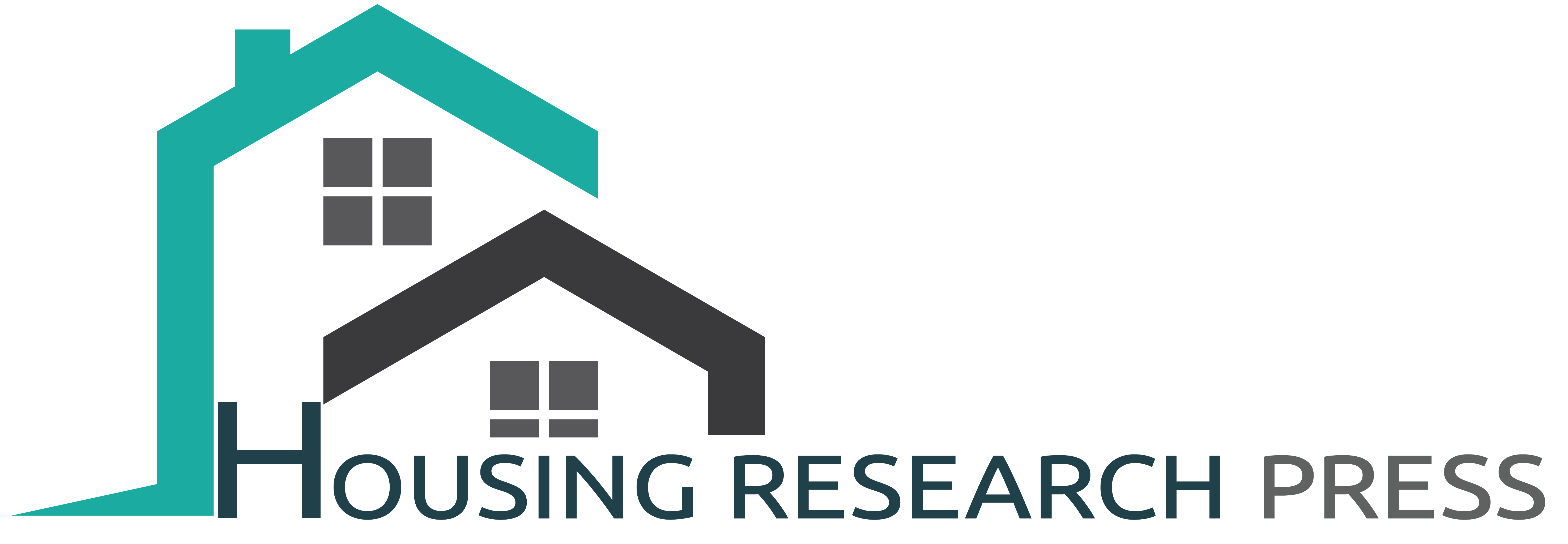Will 2025 be the year of the buydown?
For decades, mortgage lenders have originated loans where borrowers paid additional points for the purpose of lowering their interest rate. This practice is known as a “permanent buydown.” Typically, one point might reduce the rate about one-quarter percent for the life of the loan—depending on market rates and other factors.
“Temporary buydowns,” also known as “short-term” or “subsidy” buydowns are structured with lower mortgage payments for an initial period of time, usually two or three years.
Temporary buydowns are like escrow disbursements working in reverse
Buydown funds are held in an escrow account by the lender or loan servicer. Each month, the proportioned amount of money is subtracted from the subsidy account and allocated toward the borrower’s payment. The cost of a temporary buy down can be paid by the lender, or property seller, or other contributed party.
Fannie Mae and Freddie Mac require borrower qualification to be based on the note rate. Many prospective homebuyers actually qualify for a mortgage at the current market rate, but reluctant to stretch their budget—and with good reason. For those who have child care expenses which would end in two or three years–a short-term buy down is an ideal solution.
